Discover Lockheed Martin’s vision for how a water-based lunar architecture will help us settle permanently and sustainably on the Moon.
Category: space – Page 76
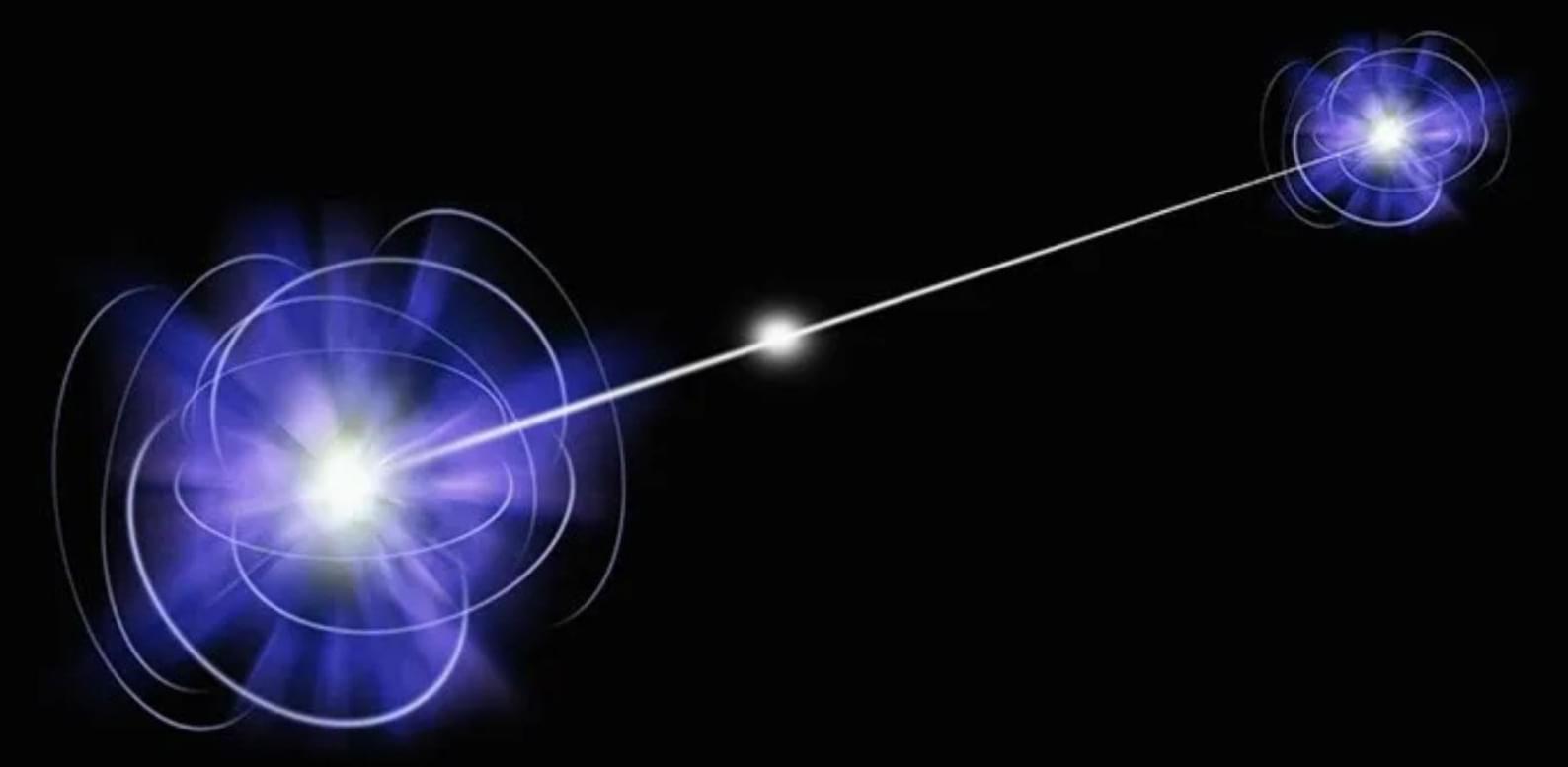
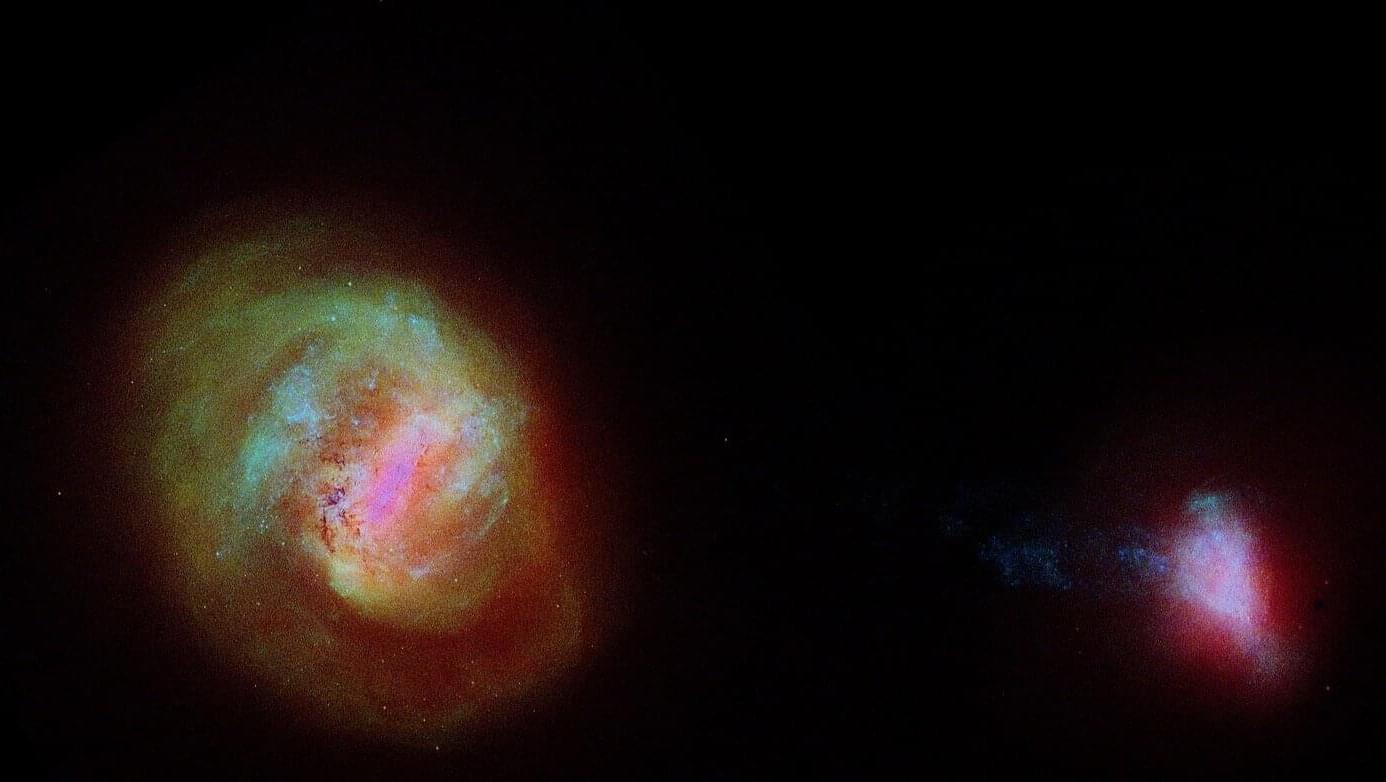
Stretched in a cross pattern: Our neighboring galaxy is pulled in two axes, new evidence indicates
Researchers at Nagoya University in Japan have discovered that Cepheid variable stars in our neighboring galaxy, the Small Magellanic Cloud (SMC), are moving in opposing directions along two distinct axes. They found that stars closer to Earth move towards the northeast, while more distant stars move southwest.
This newly discovered movement pattern exists alongside a northwest-southeast opposing movement that the scientists previously observed in massive stars.
These complex bidirectional movements along two different axes indicate that the SMC is being stretched by multiple external gravitational forces—its larger neighbor, the Large Magellanic Cloud (LMC), in one direction and another currently unknown mechanism in the other. The findings are published in the journal The Astrophysical Journal Letters.
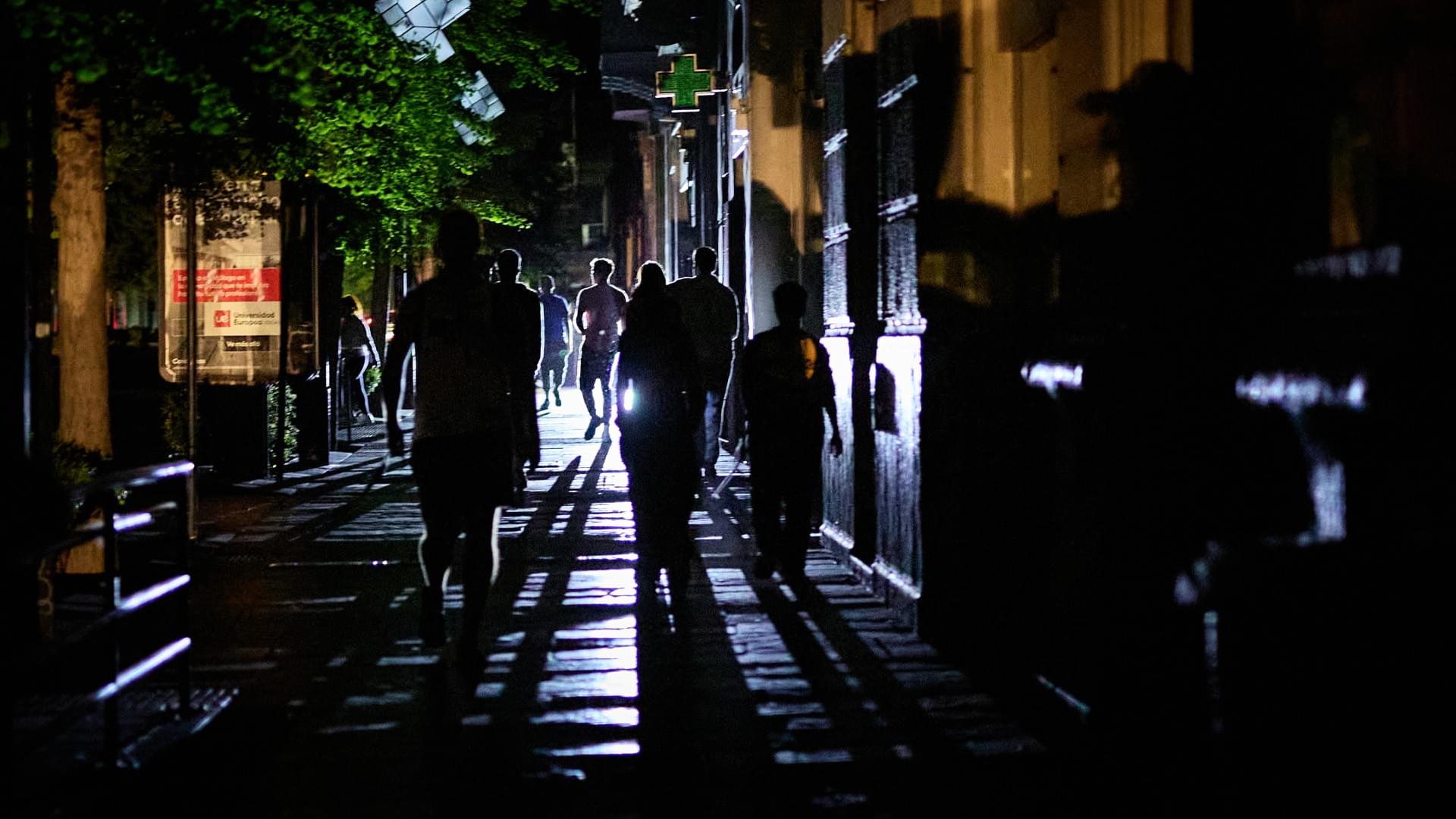
Solar storms and cyberattacks can both cause blackouts. Knowing the difference could save billions of dollars
“Space weather can impact systems that use IT for critical functions and everyday processes,” James Spann, a senior scientist at the Office of Space Weather Observations at the U.S. National Oceanic and Atmospheric Administration’s (NOAA) National Environmental Satellite, Data, and Information Service (NESDIS) department, told Space.com in an email. “These space weather impacts can have the same symptoms as a cyberattack, where systems will be brought down, or lockup, or transmit erroneous information.”
NESDIS oversaw a tabletop space weather exercise conducted in May 2024, the first such drill testing the U.S. preparedness for a major solar storm. Results of the exercise, which brought together 35 US government agencies, were published in a report in April.
In one of the simulations during the exercise, NOAA and the U.S. Air Force reported a severe solar flare and radio burst, but another federal department or agency “reported contradictory information, suggesting that the radio and communications disruptions were possibly the result of a cyberattack,” according to the report. Above all, it showed the need for effective communication following such events.
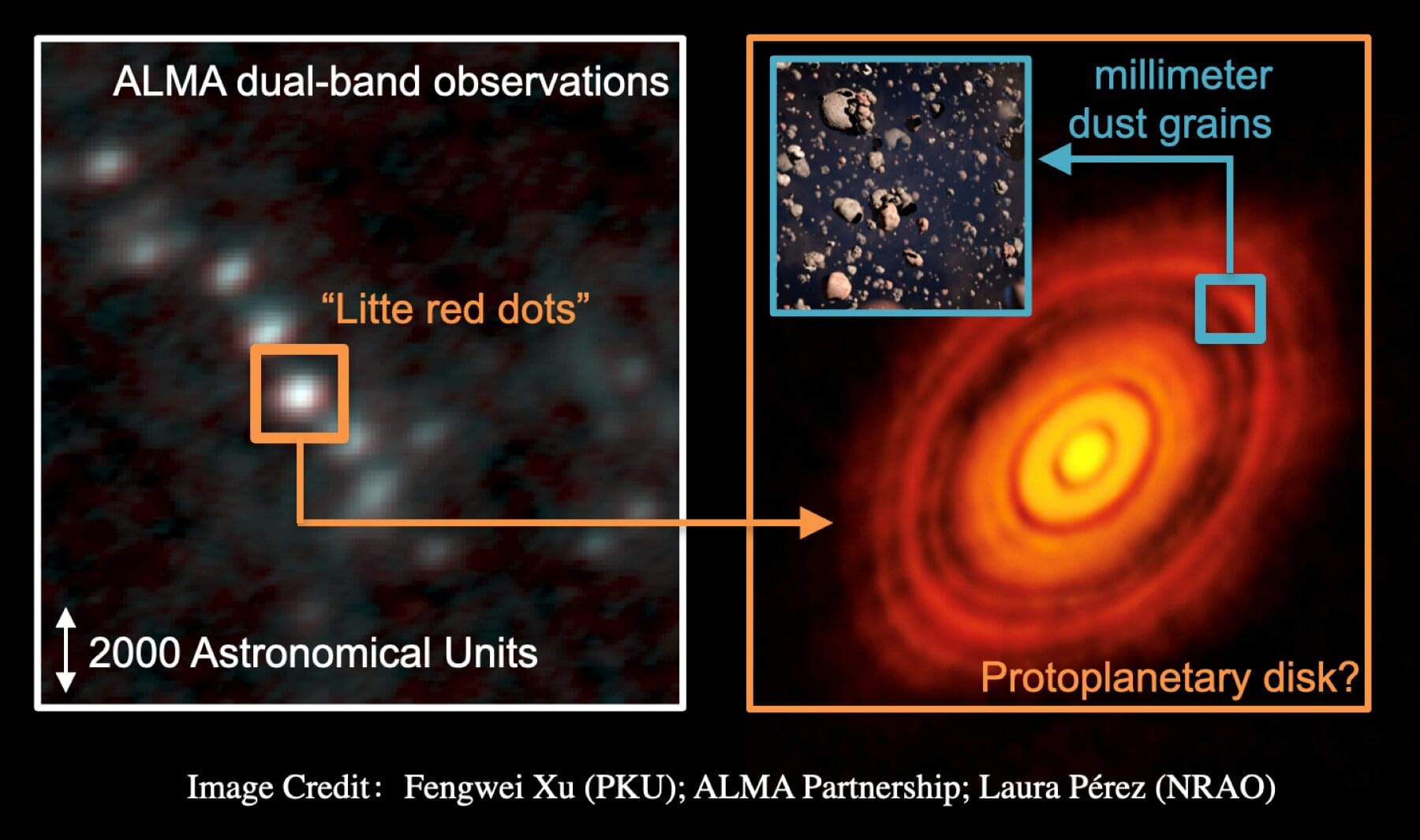
A multitude of protoplanetary disks detected in the Milky Way’s galactic center
For decades, astronomers have discovered hundreds of protoplanetary disks—structures believed to represent the early stages of our own solar system. However, most of these discoveries lie within our neighborhood, which may not reflect the extreme conditions found in other parts of the Milky Way.
Among the most dynamic and turbulent regions is the Central Molecular Zone (CMZ) near the Milky Way galactic center, where high pressure and density may shape star and planet formation in fundamentally different ways. Studying protoplanetary systems in the CMZ provides a rare opportunity to test and refine our theories of solar system formation.
An international team of researchers have conducted the most sensitive, highest-resolution, and most complete survey to date of three representative molecular clouds in the Milky Way’s CMZ. Their observations revealed over five hundred dense cores—the sites where stars are being born.
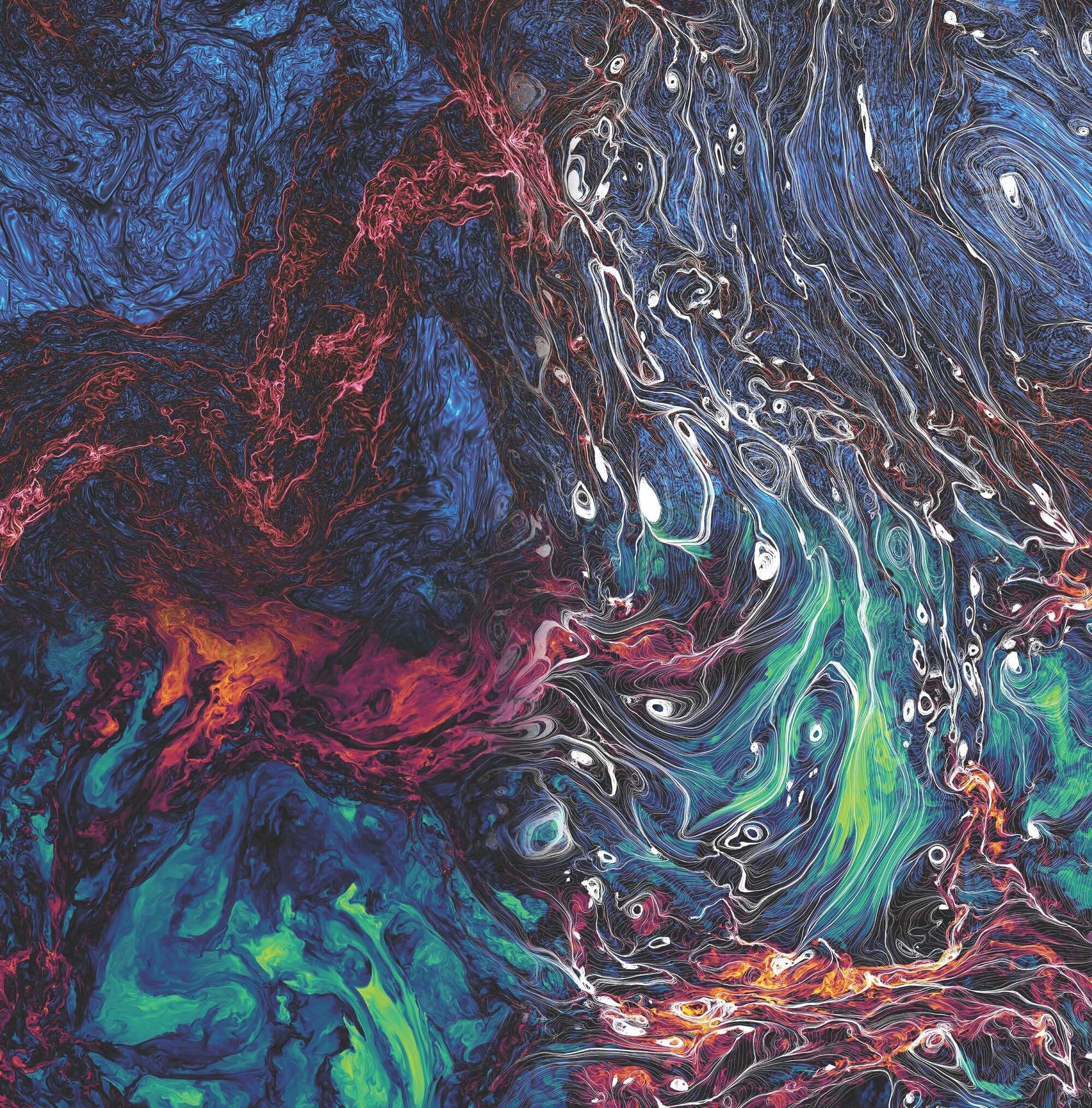
Astrophysicists explore our galaxy’s magnetic turbulence in unprecedented detail using a new computer model
Astronomers have developed a computer simulation to explore, in unprecedented detail, magnetism and turbulence in the interstellar medium (ISM)—the vast ocean of gas and charged particles that lies between stars in the Milky Way galaxy.
Described in a study published in Nature Astronomy, the model is the most powerful to date, requiring the computing capability of the SuperMUC-NG supercomputer at the Leibniz Supercomputing Center in Germany. It directly challenges our understanding of how magnetized turbulence operates in astrophysical environments.
James Beattie, the paper’s lead author and a postdoctoral researcher at the Canadian Institute for Theoretical Astrophysics (CITA) at the University of Toronto, is hopeful the model will provide new insights into the ISM, the magnetism of the Milky Way galaxy as a whole, and astrophysical phenomena such as star formation and the propagation of cosmic rays.
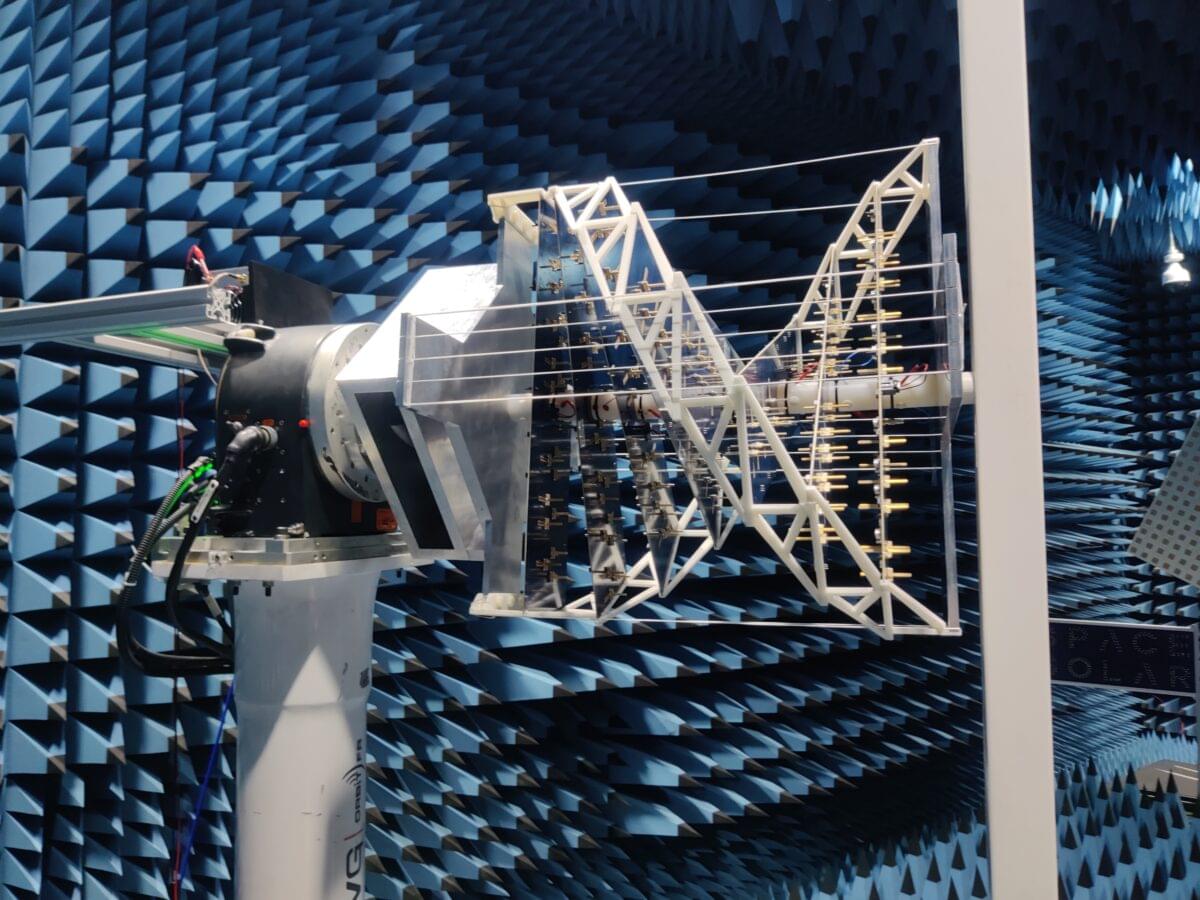
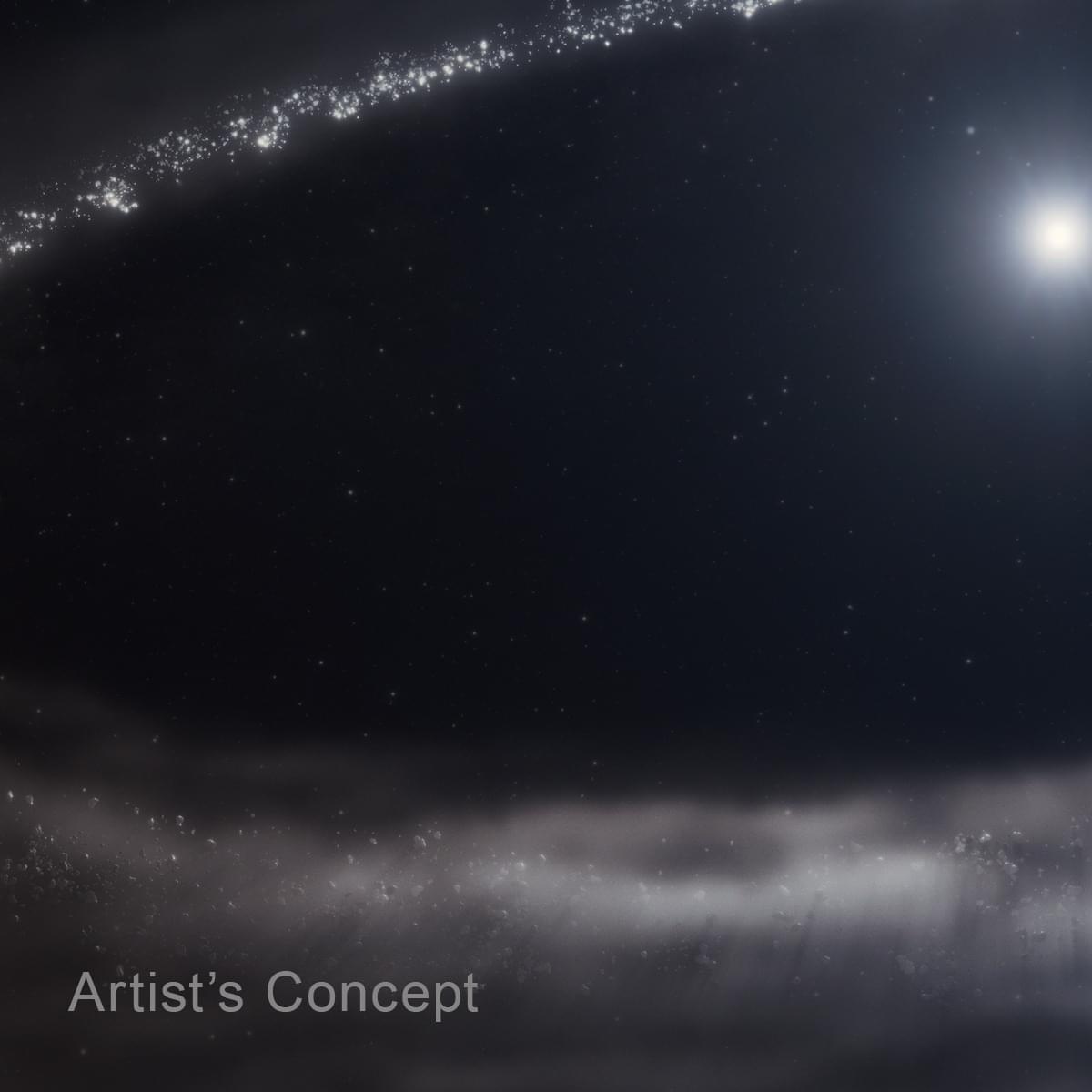
Another First: NASA Webb Identifies Frozen Water in Young Star System
We know water in its solid state — ice — exists on moons orbiting Jupiter, Saturn, Uranus, and Neptune. Telescopes have also spotted frozen water on dwarf planets, comets, and other bits of rock that “hang out” in the Kuiper Belt at the edge of our solar system. But for decades, water ice was not confirmed to exist around other stars.
The James Webb Space Telescope has unequivocally changed that: Data from its NIRSpec (Near-Infrared Spectrograph) confirmed the presence of water ice in a dusty debris disk that surrounds a star known as HD 181327.
Water ice heavily influences the formation of giant planets and may also be delivered by comets to fully formed rocky planets. Now that researchers have detected water ice with Webb, they have opened the door to studying how these processes play out in new ways — in many other planetary systems — for all researchers.
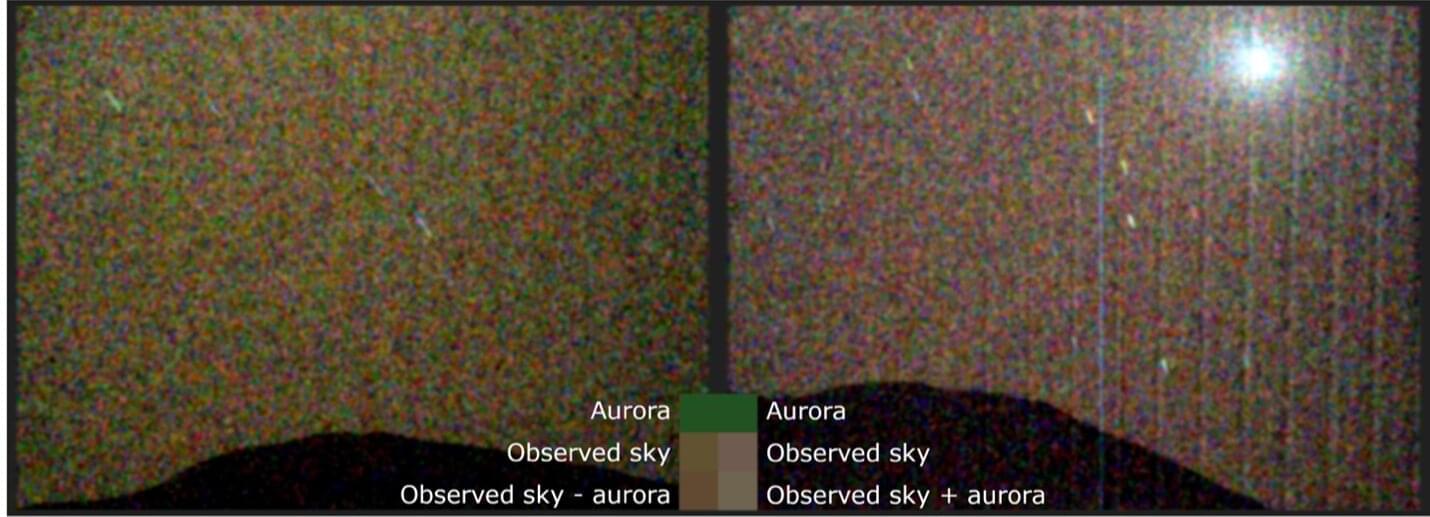
Perseverance Mars rover captures first visible-light auroras during intense solar storm
On March 15, 2024, near the peak of the current solar cycle, the sun produced a solar flare and an accompanying coronal mass ejection (CME), a massive explosion of gas and magnetic energy that carries with it large amounts of solar energetic particles. This solar activity led to stunning auroras across the solar system, including at Mars, where NASA’s Perseverance Mars rover made history by detecting them for the first time from the surface of another planet.
“This exciting discovery opens up new possibilities for auroral research and confirms that auroras could be visible to future astronauts on Mars’ surface,” said Elise Knutsen, a postdoctoral researcher at the University of Oslo in Norway and lead author of the Science Advances study, which reported the detection.

A proposed new route to sharper imaging using quantum interference
A new study from the University of Portsmouth has outlined a possible way to improve how we distinguish between two closely spaced light sources, an issue that has long challenged classical imaging systems.
The approach, published in Physical Review Applied, uses principles from quantum physics to estimate small separations between light-emitting objects, with potential future applications in fields like microscopy, astronomy, and remote sensing.
The research suggests that a relatively simple quantum set-up could be used to extract spatial information that is traditionally limited by the so-called Rayleigh criterion—a rule dating back over a century that defines the limits of classical resolution.